How to start a kitchen garden, plus 10 top edible plants anyone can grow
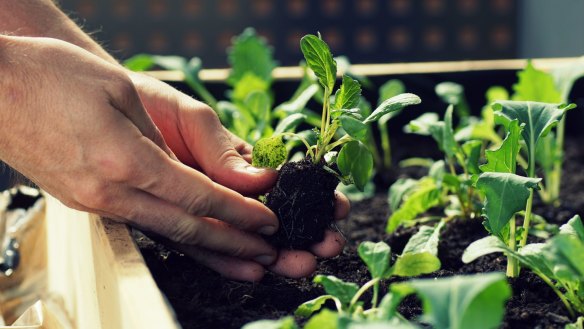
It might seem obvious, but if there's one thing aspiring gardeners should grow when they're starting a kitchen garden, it's something they would actually eat, says Sydney nursery owner Jordan Sly.
"Concentrate on simple things that you're going to use a lot of," he says. "If you don't eat a lot of oregano, don't grow it, especially if we're talking about small-space gardening in the city."
Sly, who owns wholesale nursery Wormticklers Nursery in Kenthurst, suggests beginners keep things simple in the garden, rather than overloading themselves with too much information or too many challenges.
"The idea is to have fun and just get out there," he says. "Don't be overwhelmed, start in a pot or in the garden, wherever you like. And don't be scared of failure. Once you start growing and you start getting some success, you're just going to enjoy it and it becomes a bit addictive."
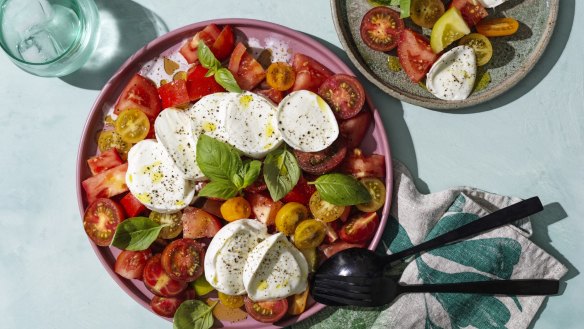
What to grow
If you're looking to expand your plant-growing repertoire, Simon Holloway of garden bed company Vegepod suggests growing "one for yum, one for done and one for just a bit of fun".
In other words, grow one plant for delicious eating, one that grows quickly for fast results, and one that's a bit unusual or challenging such as kohlrabi or a garlic bulb.
Hardier culinary herbs such as oregano, marjoram and thyme are easy to grow, and useful in the kitchen, as are leafy greens such as baby spinach or bok choy, which sprout quickly and can be thrown in a salad or stir-fry.
Or grow tomatoes alongside basil, and you have the fixings for a Caprese salad ready to go.
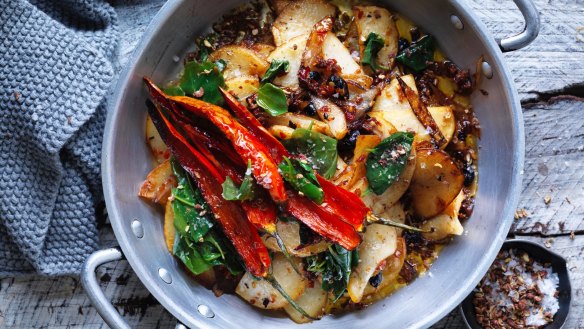
Go small
Prolific dwarf varieties such as patio tomatoes are especially good for beginners as they tend to be more compact and easier to control, Holloway says. Children love to pick the fruit and pop them in their mouth like lollies, too.
"You don't have to worry about staking them and the [fruit] hitting the ground and rotting," he says. "They get to their full fruit size a lot quicker than heirlooms and your beefsteaks and oxhearts."
Chillis have abundant fruit that can be dried or frozen, while strawberries are great all-year performers that can keep fruiting for years, unlike other annual varieties that die off after one or two seasons, Holloway says.
If you're not sure which plants are best suited for your region in the coming season, he suggests visiting an independent garden centre that employs horticulturalists. "They're going to point you to what's good for now irrespective of where you are," he says.
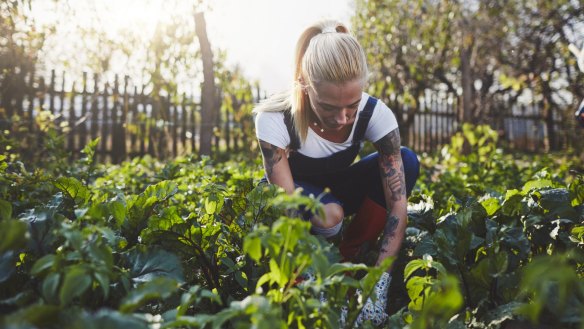
Sun and soil
Before you start planting, though, you'll need to find a sunny spot and set up your soil, Sly says. As an organic gardener, he suggests adding natural matter such as mushroom compost, manure or worm castings, and mulching on top to keep the earth moist. Seaweed solution andorganic slow-release fertiliser with nitrogen can also help feed your soil but Sly steers clear of synthetic products, such as wetting agents. Fresh seed or quality seedlings are essential, too.
"You don't want bare soil," Sly says. "I never like seeing bare soil with sun just blazing on it – it's dry and no worms are going to live in there, it's uninhabitable basically."
Sun is especially important for edibles too, Holloway says. If your balcony or courtyard gets less than four to six hours of sun a day, you may be limited in what you can grow. "Big roots in particular, big fruits, all of those things going beyond a leaf anyway, definitely need six to eight hours generally."
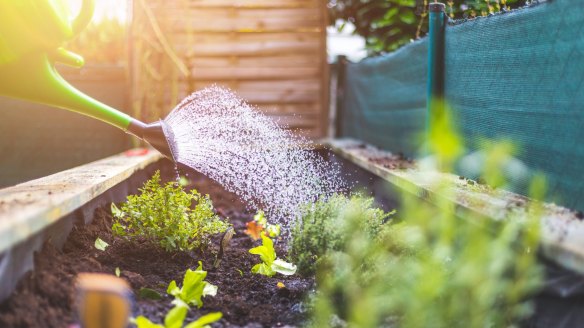
Watering tips
Giving your plants a quick hose won't keep thirsty plants satisfied. Sly says it's important to get into the habit of watering your plants twice – the first time to moisten the soil and allow it to expand, and the second time a few minutes later to give your plants a proper drink. Why? Because when soil dries out, it starts to shrink, and steps away from the side of the pot. If you only water once, the water will rush down the side of the pot rather than into the plant's roots, where it's needed. Self-watering pots are another option, but watch they don't become waterlogged.
"If you're freaked out by this, you can always put a saucer under the pot to catch a bit of the water so it does have access to it, on those drier or hotter days, or if you're going away," Sly says.
Potting up
If you're working with pots, make sure you buy quality potting mix, and stick to one variety per pot, Sly says. Aesthetically speaking, odd numbers are most pleasing to the eye, so try a group of five pots in different sizes or colours. Bigger plants such as lettuces can grow in the largest pot, while herbs such as thyme would be better in the smallest.
Protect your plants
Netting and cloches can help protect your plant from pests and possums, Sly says, but they can also lull you into a false sense of security – if a caterpillar happens to sneak in, for example, then it won't be able to get out either.
Ultimately, nothing beats a few minutes of observation each day, Sly says. A few bugs here and there are OK but to prevent a larger invasion always check leaves for little holes and remove any snails or caterpillars you come across. Seedlings are less vulnerable to pests than sprouting seeds, and can help speed along your gardening journey. Or you can try planting marigolds and nasturtiums, which help deter aphids and other pests.
"All you need to do is 10 minutes of observation a day, just get out there and water and you will succeed," Sly says.
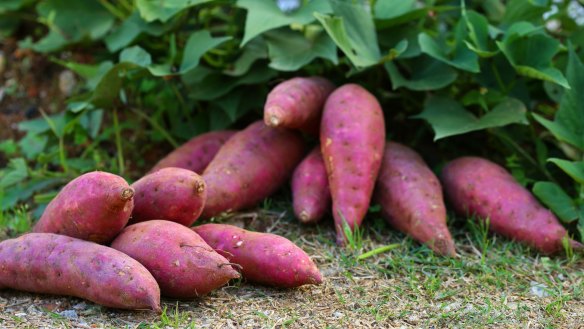
10 top plants to grow
- Come-again baby salad greens such as spinach are a quick win best grown from seed. They're usually ready to throw in a salad within two to three weeks in good sun, says Vegepod's Simon Holloway.
- Oregano, marjoram, rosemary and thyme are hardy culinary herbs that are easy to grow, pest resistant and a great way to add fresh herbs to any meal. Jordan Sly from Wormticklers Nursery suggests starting with a strong seedling, as they tend to be slow growing and grow from a cutting, which is best left to more experienced gardeners.
- Soft herbs such as mint, chives and parsley are vigorous growers that work well in many recipes and drinks.
- Snowpeas are vigorous and fun to grow. Plant them under some wire or a trellis or tepee to climb, and soon they'll flower and pod, Sly says.
- There's a strawberry for every season, and they'll keep fruiting for a few years if you're lucky, Holloway says.
- Chillies are excellent fruiters that support their own weight, and grow in a variety of sizes. You'll have plenty of fruit to share or swap, or freeze or dry for later months, Holloway says.
- Sweet potatoes are a lovely ornamental vegetable with dark green heart-shaped leaves that can be cooked or added to salads. They're much easier to grow than standard potatoes and will take over the garden if you let them, Holloway says. Purple and orange varieties are available, too.
- For summer, dwarf or patio tomatoes are prolific fruiters compact enough for urban gardens, and can grow in 1½ to two months. Plant with basil for a ready-made Caprese salad.
- A blueberry bush is relatively easy to grow, Holloway says, but don't overwater, and watch for birds and possums.
- Don't forget something bright and colourful such as a nasturtium, Sly says.
